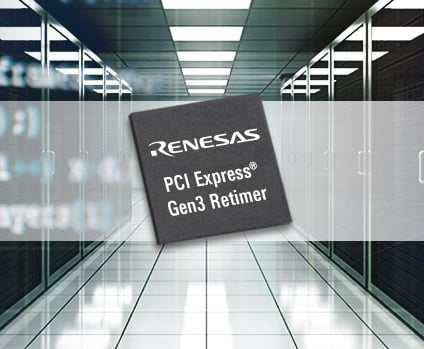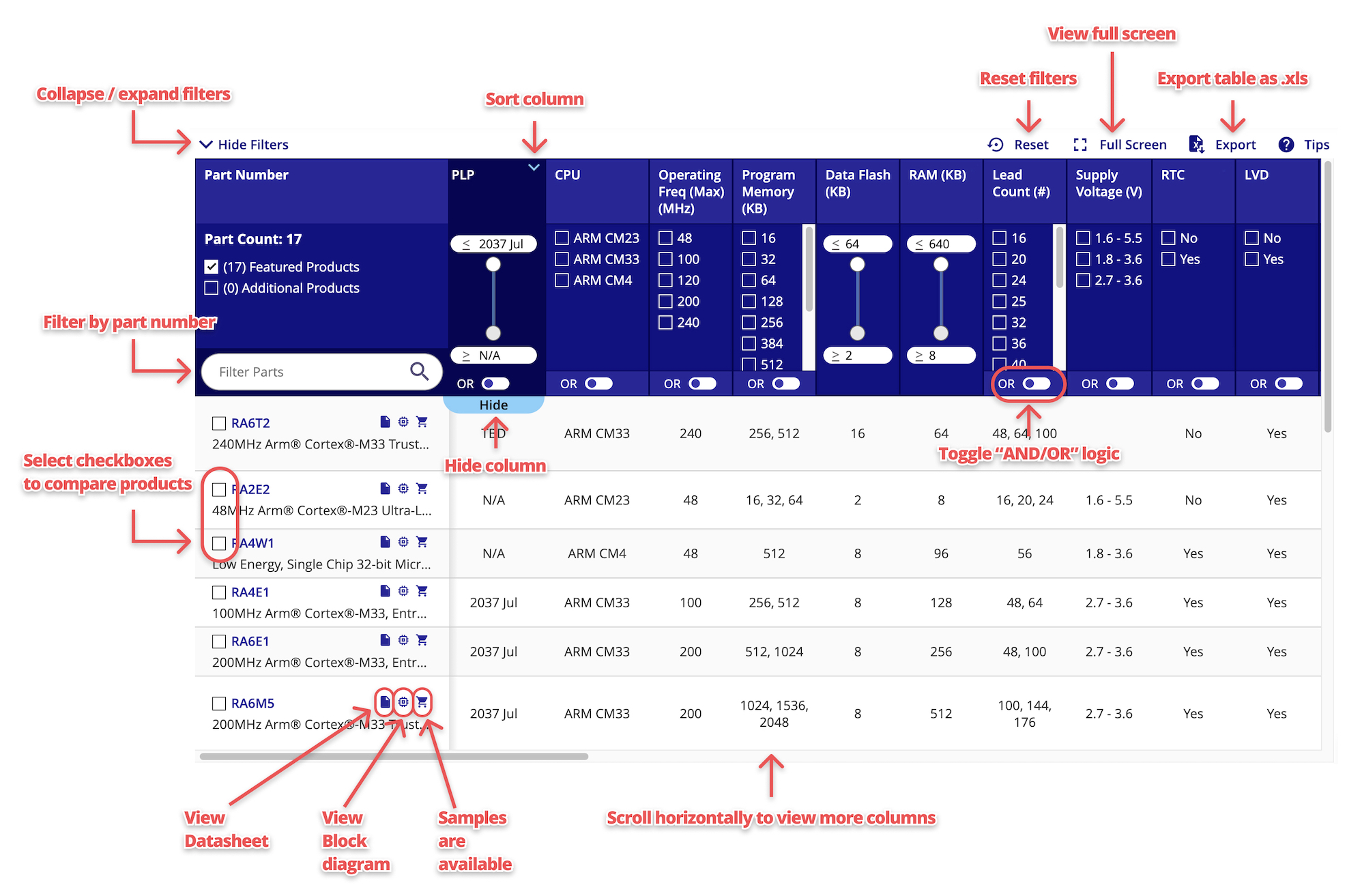
PCI Express® (PCIe) Gen3 信号重计时器
Renesas PCIe® Gen3 重计时器系列可为行业提供融合了顶级模拟性能、更低功耗以及大多数系统级功能的信号重计时器,专为计算、存储和通信领域中要求严苛的 2.5Gbps、5Gbps 和 8Gbps 应用而优化设计。
Renesas 的 PCI 重计时器系列的功能包括:
- 8,16 或 32 通道信号重计时器(4,8 或 16 PCIe 通道)
- 高级信号调节功能
- 高级诊断功能
- 协议特定功能
- 高级节能功能
- I2C 编程接口
- 商业和工业温度
行业领先的 PCIe 重计时器产品
Renesas 的 PCIe 重计时器(信号调节器)用于提高信号完整性以增强较长的 PCB 走线或电缆的系统性能和可靠性。 PCIe 重计时器消除了输入信号中的随机性和确定性抖动,同时避免了符号间干扰,从而可彻底清除输出抖动预算。 该器件可提供 8、16 或 32 差分,8 GT/s PCI Express 3.0 信道,分别支持 4、8 或 16 个通道。 PCIe 重计时器还可全面支持 PCI Express 5 GT/s 和 2.5 GT/s 功能。
Renesas 的 PCIe 重计时器拥有带自适应判决反馈均衡器 (DFE) 的完整 CDR 架构,并可通过串行接口访问多种控制选项。 该器件具有每信道微型控制器,可进行自我配置,从而通过均衡训练进行自动调节以获得最佳性能。 微型控制器可管理每条链路的功能,包括 128/130b 编码、降速以兼容 PCIe Gen 1 和 Gen 2、接收器检测及终端控制。
Renesas 的所有 PCIe 重计时器均采用非线性、自适应的多级均衡器,并带有模拟前端和 5 抽头 DFE。 DFE 的反馈滤波器可完全消除前端符号的 ISI 失真,并通过数字量化消除滤波器的输出噪声。 滤波器抽头权值可通过串行配置进行调整。
默认均衡、去加重和 TX 全面摆幅设置均为引脚可编程。 PCIe 重计时器可为作为 SMBus 或 I2C 器件的每个操作功能配置提供广泛的可配置性。 此外,它们还可提供从串行 EEPROM 下载配置数据的主操作模式。 串行总线还可对大量状态寄存器进行检查。
PCIe 重计时器为已校准的输入端提供 100 欧姆标称的默认信号终端设置,必要时还可通过编程调整为 85 欧姆标称。 输入信号检测阈值可针对有效有源信号电平进行调整,并支持电空转。
此外,Renesas 的 PCIe 重计时器可支持 JTAG 和 AC JTAG 以促进生产板测试,并提供内置的图案发生器以方便进行实验室和现场试验。 可提供各种软件以支持测试和调试,包括用于设置和保存器件配置的 PC 实用程序,以及支持远程现场诊断的眼睛捕捉工具。
重计时器设备使用 1.0V、1.8V 和 3.3V 电源电压,可提供多种功能以尽可能降低功耗,其中包括每个链路的活动状态电源管理 (ASPM)。
关于 PCIe 重计时器
因受到发射器、接收器和信道特性影响,高速信号到达终端接收器时会弱化到不可接受的程度。 PCIe 重计时器可补偿电缆和 PCB 走线衰减及 ISI 抖动,确保在目标接收器获得最小的抖动量和最大的眼开度。 上述目标可通过增强所发射的信号、均衡所接收的信号,或在由于信道长度或由导通孔和连接器所产生的不连续性而导致单独采取其中一项措施不足以实现时同时采取这两项措施来实现。 Renesas 重计时器是解决刀片服务器、企业存储、通信系统以及云计算中信号完整性问题的理想选择。
视频和培训
Description
The IDT PCI Express 3.0 Retimer supports high-speed signal conditioning up to 8Gbps, enhancing signal quality over long distances and simplifying design by reducing board layout constraints. These devices incorporate advanced receive equalization and transmit de-emphasis capabilities, as well as diagnostic features that help IDT customers achieve a simplified design with faster time-to-market. The devices all offer power savings modes for the lowest-possible power consumption. Presented by Ken Curt, Product Manager, Integrated Device Technology, Inc. Learn more at by visiting the PCI Express® Gen3 Retimers page.
Transcript

